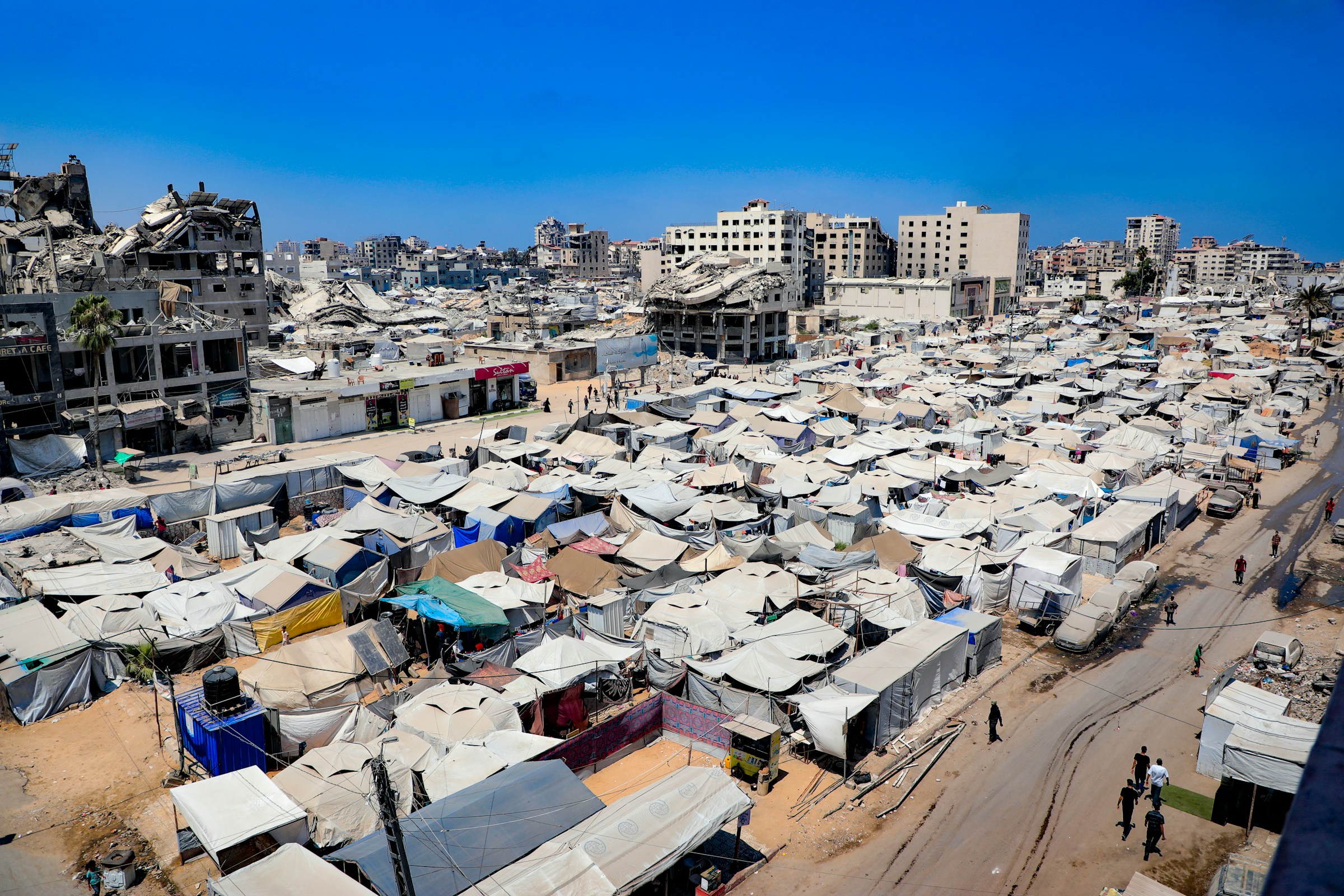Israel’s long practice of nuclear ambiguity has always lived in the gray space between deterrence and denial. Fresh satellite images now show intensified work on a major new structure at the Shimon Peres Negev Nuclear Research Center near Dimona, a site widely believed to anchor Israel’s undeclared nuclear capability. Independent analysts say the footprint and underground complexity could indicate a new reactor or a warhead assembly facility, although the absence of a visible containment dome keeps the exact purpose uncertain. The government has offered no clarification, consistent with its long-standing policy.
The timing matters. The build comes only weeks after a June bombing campaign in which Israeli and U.S. strikes hit multiple Iranian nuclear sites, including damage reported at the unfinished heavy-water reactor at Arak. The International Atomic Energy Agency has since struggled for full access as Tehran partially suspended cooperation, a move that has complicated verification and raised escalation risk. In short, the region’s counter-proliferation environment has become more brittle, and public signals are being replaced by kinetic action and opacity.
For strategy leaders, the strategic read is clearer than the technical one. Israel’s nuclear program sits outside the Non-Proliferation Treaty and is not subject to routine IAEA inspections, while independent estimates place its stockpile near 90 warheads. If the Dimona construction is part of a replacement cycle for a 1960s-era reactor, that suggests a long-dated commitment to sustain, modernize, and potentially diversify fissile material pathways and associated weapons components. That interpretation aligns with the broader SIPRI view of accelerating arsenal modernization across all nine nuclear-armed states.
The strategic divergence is stark. Iran’s program is declared and heavily surveilled during periods of cooperation, which makes damage assessments and diplomatic sequencing part of international theater. Israel’s program is undeclared, which converts physical activity into pure signaling. The first model invites negotiations, deadlines, and snapback talk. The second model compresses ambiguity into deterrence value without parliamentary debate or international reporting cycles. In markets, that divergence translates into different kinds of uncertainty. Operators cannot easily discount the Israeli signal because it is designed to be read through capabilities rather than communiqués, and it arrives on the heels of real use of force in June.
There is also a capital story hiding in plain sight. Defense primes with missile defense lines, electronic warfare suites, and hardened C2 systems are already navigating reorders and surge schedules across the region. Insurers and reinsurers that write war risk for Eastern Mediterranean and Red Sea corridors must now incorporate higher tail-risk probabilities for cross-border salvos and reprisals. Energy traders will price more frequent risk spikes into optionality strategies around deliveries that touch Israeli ports or Iranian export channels. The Dimona development does not move oil by itself, yet it changes the conditional probability map operators use when assigning risk premia to logistic nodes and critical infrastructure. This is especially true after U.S. assessments indicated June’s strikes may have delayed, rather than disabled, Iran’s program, which implies a longer window of tit-for-tat kinetics rather than a quick reversion to diplomacy.
Technology and industrial base considerations deserve attention as well. If the project represents tritium or other component production, the implication is weapons system life-extension and potential yield flexibility rather than sheer arsenal growth. That would align with a posture focused on survivability and credible second-strike via diversified delivery systems, not on demonstrative testing or overt declarations. If it is a replacement reactor, the industrial signal is even more durable: Israel is keeping its core production infrastructure viable into the 2030s and beyond, which reinforces the credibility of its deterrent without ever naming it. Either way, Israel’s opacity remains a feature, not a bug, in its security model.
The June conflict changed the verification landscape. IAEA access has become episodic and politically fraught, with Tehran’s legislature imposing stricter conditions on future inspections. That makes third-party analysis of satellite captures more critical for investors, lenders, and operators who rely on verifiable timelines to calibrate exposure. Partial visibility in Iran and deliberate non-visibility in Israel raise the variance around any de-escalation forecast. In practice, that increases the value of optionality in supply contracts and pushes boards toward dynamic hedging rather than single-path contingency plans.
The regional policy backdrop is not static. European capitals are signaling snapback pressure, Washington is framing talks around missile restrictions as well as enrichment limits, and Tehran’s response mixes conditional engagement with deterrent rhetoric. Each of those threads can be pulled, but none points to an imminent rules-based reset. In that context, Israel Dimona nuclear construction is best read as a structural, not episodic, signal. It says the quiet part through concrete, excavation, and cranes rather than through communiqués.
What this says about the market is simple. Risk is shifting from event-driven to system-driven. Operators who treated June as a one-off now face an extended period in which military signaling and partial transparency will be the baseline. The right response is design, not prediction. That means multi-node logistics, flexible insurance layering, contingent sourcing for defense-adjacent components, and governance that can reprice exposure on short notice. The politics will churn. The capital will follow process. In this part of the world, opacity is not a communications failure. It is a strategic choice that markets must learn to price.











.jpg&w=3840&q=75)
.jpg&w=3840&q=75)


